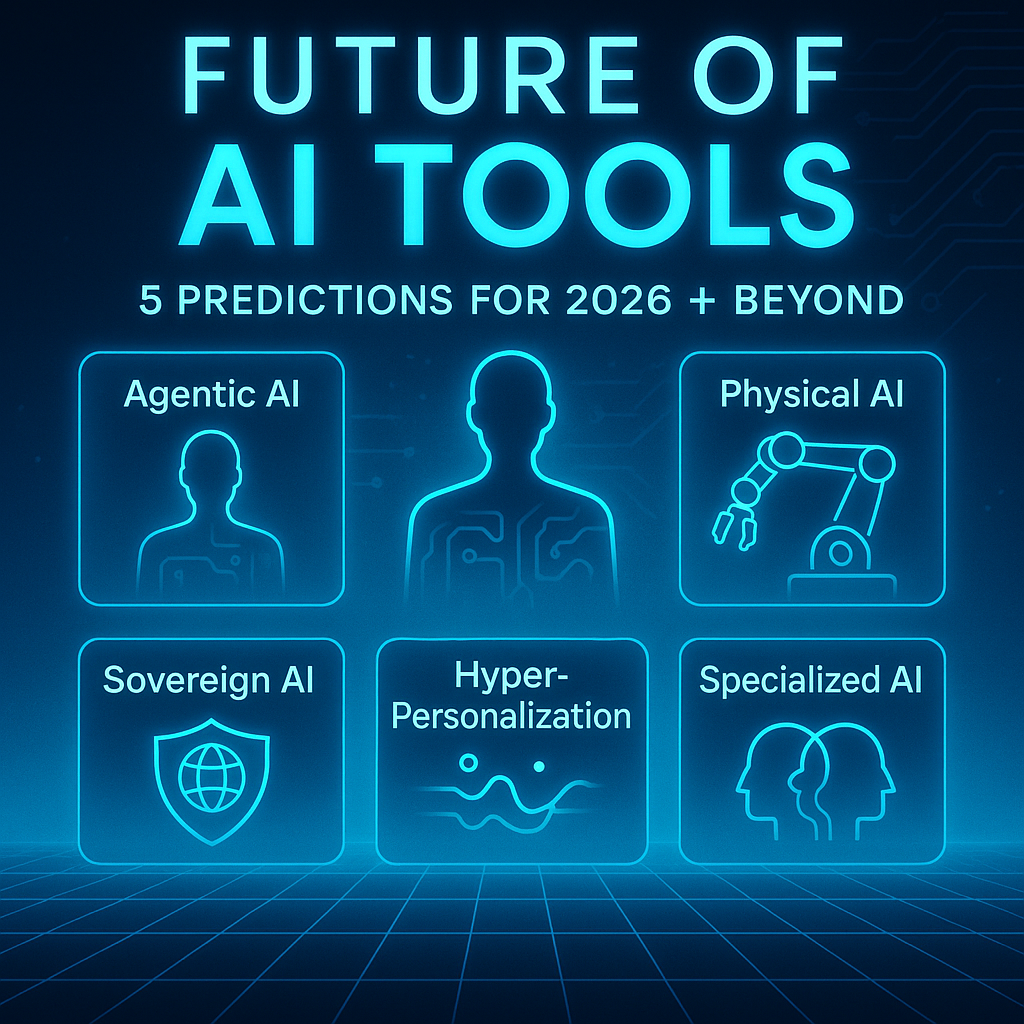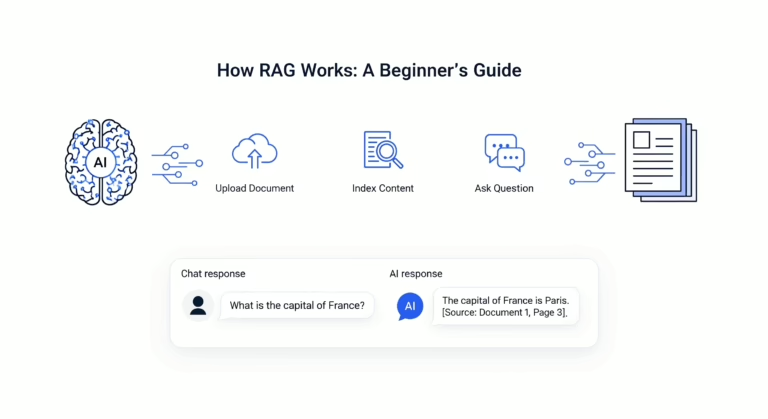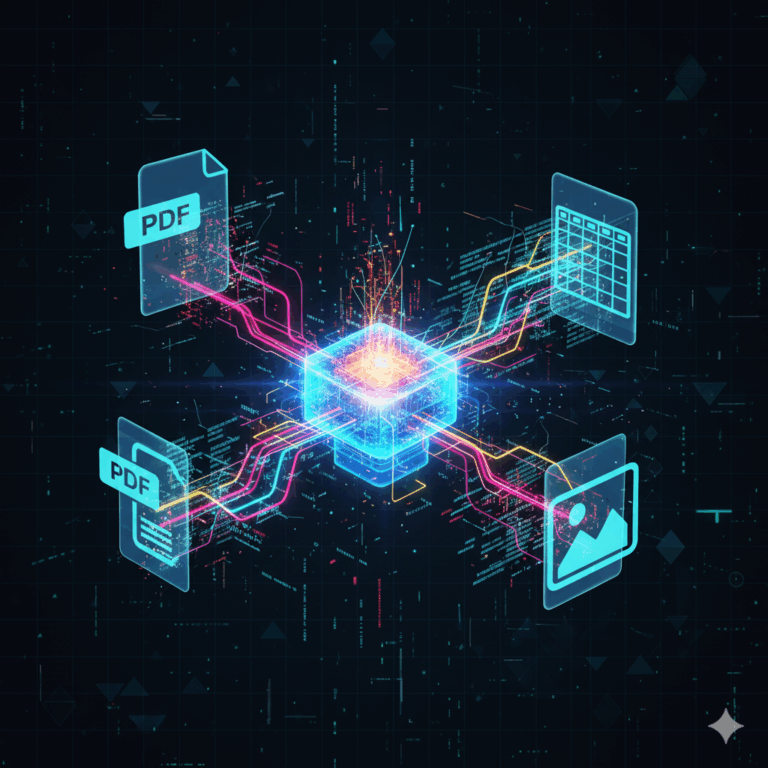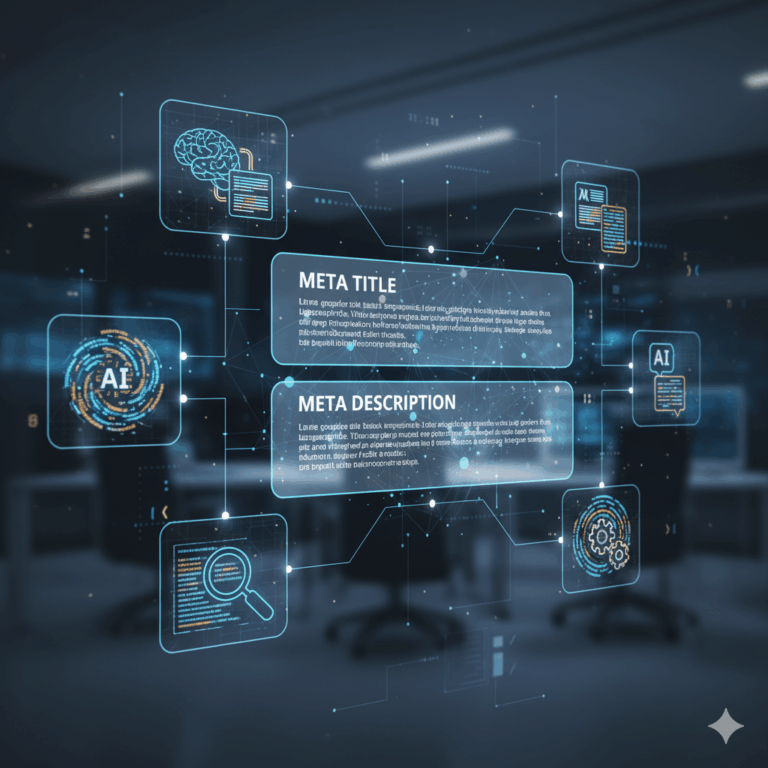AI predictions 2026 are pointing toward a transformative period where artificial intelligence evolves from being a helpful assistant to becoming an autonomous partner in innovation. The landscape is shifting at a breathtaking pace, and while 2025 marked the year AI became integrated into everyday workflows, AI predictions 2026 suggest this will be the period where its long-term effects truly begin to manifest, reshaping industries, workflows, and our very interaction with technology. The conversation is moving from what AI can do in theory to how autonomous, intelligent systems will integrate seamlessly into both professional and personal spheres.
For developers, IT professionals, and business leaders, these AI predictions 2026 present both unprecedented opportunity and significant challenge. The tools that will define the next era of innovation are evolving beyond simple chatbots and code assistants toward sophisticated agentic systems that can reason, act, and interact with the physical world. This article explores five powerful AI predictions 2026 that will dominate the technological landscape, providing a clear-eyed view of the coming transformations that everyone must prepare for.
Table of Contents
Prediction 1: The Rise of Autonomous Agentic AI Tools
What are Agentic AI Tools?
Agentic AI represents a fundamental leap from today’s reactive AI models and stands as one of the most significant AI predictions 2026. Instead of merely responding to user prompts, these are autonomous, intelligent systems that can adapt to changing environments, make complex decisions, and collaborate with other agents and humans to accomplish multi-step goals. Imagine a coding assistant that doesn’t just suggest a line of code but takes a project brief, designs the architecture, writes the implementation, tests it, and deploys it—all with minimal human intervention.
Why They Will Dominate in 2026
The groundwork for this shift is already being laid, making it a cornerstone of AI predictions 2026. Major AI labs are focusing on models that can speed up AI research itself, creating a self-reinforcing cycle of improvement. While early agents in 2025 are often unreliable for complex tasks, the investment pouring into this area suggests that by 2026, they will have matured significantly. The market is expected to explode with “out-of-the-box” agentic solutions for common use cases, moving beyond pilot projects and into full-scale production, especially within larger organizations.
Key Tools and Applications to Watch
- Customer Service: AI agents will autonomously triage and resolve the majority of support tickets, escalating only the most complex cases to humans.
- Supply Chain and Logistics: Agents will be capable of autonomously optimizing inventory, logistics, and procurement in real-time, reacting dynamically to disruptions.
- Software Development: Coding will transform from a hands-on keyboard activity to a supervisory role. AI agents will handle entire code changes based on high-level instructions communicated via platforms like Slack or Teams.
Prediction 2: AI-First Coding Environments Become the Standard
The Shift from Assistance to Automation
The trend of AI-assisted coding is accelerating toward full automation, a key element in AI predictions 2026. Industry leaders are making bold predictions, with figures like Dario Amodei of Anthropic stating that AI could be writing 90% of code within the next 3-6 months, moving to “essentially all of the code” not long after. This doesn’t mean the end of software developers; rather, it signifies a radical evolution of the role. The future programmer will act more like a conductor, directing AI orchestras to implement their vision while focusing on high-level architecture, creativity, and complex problem-solving.
Features of the 2026 AI Coding Tool
The AI coding tools of 2026 will be characterized by several key features that align with broader AI predictions 2026:
- Full Workflow Integration: Tools will be deeply embedded into development environments, handling not just code generation but also review, testing, and bug detection autonomously.
- Continual Learning: Unlike today’s static models, future systems, as advocated by Cohere’s Aidan Gomez, will evolve over time without needing full retraining, ensuring they are always up-to-date with the latest libraries and practices.
- Massive Context Windows: Startups like Magic AI are working on platforms that function like “a colleague inside the computer,” capable of understanding an entire codebase to provide context-aware assistance.
Impact on Development Speed and Quality
The efficiency gains are already significant and support the AI predictions 2026 for accelerated development. Studies show AI can make the software development process at least 25% faster, and some developers estimate AI can handle 30% of the code they write. By 2026, this is expected to increase dramatically. GitHub predicts that 80% of code on its Copilot platform will be AI-generated by 2027, a trend that will be well-established by 2026. This will free human talent to tackle more innovative challenges while automating routine and repetitive tasks.
Prediction 3: Physical AI and Embodied Systems
Bringing Intelligence into the Real World
A significant trend in AI predictions 2026 is the movement of AI out of the digital realm and into the physical world. Physical AI involves embedding intelligence into robots, autonomous vehicles, Internet of Things (IoT) devices, and smart infrastructure, allowing machines to sense, interpret, and act upon their environment in meaningful ways. This trend is a major step beyond software, as highlighted by Tesla’s ambitious goal to produce thousands of its Optimus humanoid robots for factory tasks.
Key Sectors for Adoption
Adoption will be fastest in sectors with structured, task-intensive environments where the return on investment (ROI) is clear and compelling, according to AI predictions 2026.
- Manufacturing and Logistics: AI-powered robots and autonomous vehicles will streamline warehouse operations and deliveries, while quality control systems will reduce defects and downtime.
- Healthcare: The integration will move beyond diagnostics. We will see smarter wearable devices for real-time patient monitoring, robotic assistants in surgery, and even AI-powered stethoscopes that can detect heart disease in seconds.
- Agriculture and Construction: Physical AI will take on dangerous and repetitive physical labor, improving safety and efficiency.
Challenges and Predictions
The path for Physical AI involves overcoming higher barriers than software, including hardware costs, safety regulations, and public acceptance, making this one of the more complex AI predictions 2026. Therefore, predictions for 2026 include a strong focus on safety and security measures, and a harmonization of human-machine collaboration. Companies will invest in intuitive interfaces and reskilling programs to create integrated crews where humans focus on higher-value tasks.
Prediction 4: “Invisible” and Deeply Personalized AI
The Disappearing Interface
By 2026, the most impactful AI won’t be a tool you consciously “use,” according to forward-looking AI predictions 2026. Instead, it will be invisible, seamlessly woven into the applications and devices you already rely on daily. This trend, often called “Invisible AI,” means the technology will become more like electricity—a ubiquitous utility taken for granted rather than a novelty. The question will shift from “Which AI app should I download?” to “How have my existing tools become so much smarter?”
Examples of Seamless Integration
- Smarter Email and Calendars: Your inbox will manage itself, prioritizing important messages, drafting thoughtful responses, and automatically rescheduling meetings based on your preferences and real-time conflicts.
- AI-Powered Shopping: E-commerce will move from browsing to instant, hyper-personalized buying. AI will anticipate your needs, suggest products you’ll genuinely love, and handle the entire purchasing process with minimal input.
- Health and Fitness Coaching: Your smartwatch will evolve from a tracker to a proactive coach, offering personalized advice on everything from workout routines to sleep patterns, acting as a 24/7 health advisor on your wrist.
The Personalization Engine
The driving force behind this invisibility is hyper-personalization, a key aspect of AI predictions 2026. As Sam Altman has predicted, AI assistants will evolve from generic tools into personalized support systems that adapt specifically to your needs, communication style, and goals. This creates tools that feel less like software and more like a dedicated, intuitive assistant.
Prediction 5: Sovereign and Energy-Efficient AI Solutions
The Push for Sovereignty and Control
As data privacy regulations tighten globally and geopolitical tensions around technology increase, Sovereign AI will become a top strategic priority for organizations and governments in 2026, according to expert AI predictions 2026. This concept ensures that data, AI model weights, and the compute resources that process them remain within specific national or regional boundaries. This addresses regulatory, privacy, and geopolitical concerns while reducing dependency on foreign technology providers. Expect to see a rise in regional AI hubs and a growing demand for solutions that comply with local laws.
The Imperative of Energy Efficiency
The energy demands of AI are becoming impossible to ignore, making efficiency a critical component of AI predictions 2026. With the U.S. Department of Energy predicting data centers will consume 12% of the nation’s electricity by 2028, the industry is under immense pressure to innovate for sustainability. In 2026, energy efficiency will be a core element of the AI discourse. Leaders like Emad Mostaque are highlighting the work toward models that can run on minimal power, even solar energy, making advanced AI accessible on everyday devices at a fraction of current requirements.
What This Means for Tools in 2026
The tools of 2026 will be designed with these constraints in mind, according to responsible AI predictions 2026. We will see:
- Efficient Hardware: Next-generation hardware, like Nvidia’s upcoming “Rubin” GPUs, will focus on delivering more computational power per watt.
- Optimized Models: There will be a greater emphasis on creating smaller, more efficient models that can achieve powerful results without exorbitant energy costs.
- Edge Computing: To meet sovereignty and efficiency goals, more AI processing will happen locally on devices (edge computing) rather than in massive, centralized data centers.
Conclusion: Preparing for the 2026 AI Landscape
The AI predictions 2026 outlined above point toward tools defined by greater autonomy, deeper integration into our physical and digital worlds, and a necessary focus on sustainability and control. The evolution from tools that assist to systems that act will create fantastic opportunities for efficiency, innovation, and personalization across every sector, from healthcare to finance.
However, these AI predictions 2026 also demand preparation. Organizations must prioritize governance frameworks for autonomous agents, invest in upskilling programs that help employees work alongside AI, and proactively implement robust compliance strategies for data sovereignty. For individuals, the key is to embrace adaptability, as the very nature of work and tool interaction is set to change fundamentally. The future is not about learning every new AI app, but about adapting to the fact that our favorite tools are about to become powerfully, and often invisibly, intelligent, exactly as these AI predictions 2026 suggest.




